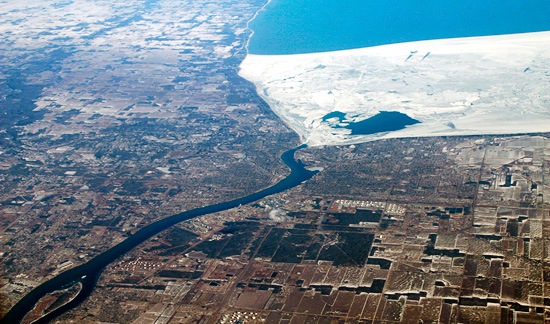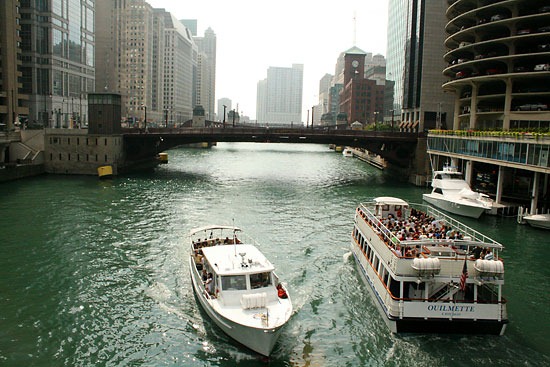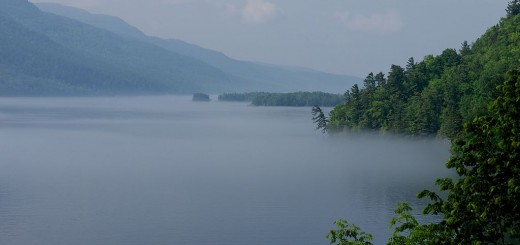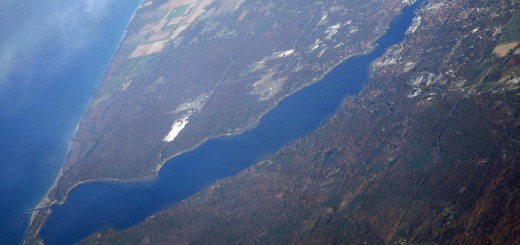Upsides to Great Lakes Ice Cover
1
A satellite image of Lake Huron shows Saginaw Bay covered in ice. Jan. 9, 2014. (Credit: NASA)
The Great Lakes saw rapid and thick ice formation during the recent cold plunge. The basin as a whole is seeing its highest levels of ice cover in 20 years.
Lake Erie is seeing the most, with 87 percent of its water encased by ice. As the shallowest of all the Great Lakes, with an average depth of 62 feet, it freezes over faster. Shipping boats on Lake Superior are hindered – the U.S. Coast Guard says trips normally lasting three days are taking seven.
Lake Huron’s Saginaw Bay is frozen over, while ice fishing has picked up on Lake Ontario. Some Lake Michigan shorelines are filled with boulder-sized ice balls.
Even though giant floating ice balls are neat, there are other upsides to the ice cover. To name a few:
- Water levels in the Great Lakes may go higher as a result. Though the U.S. Army Corps is still assessing impacts of the ice, the Corps expects levels at least a foot higher in Lakes Michigan and Huron through June 2014;
- Heavy ice cover may protect shorelines and wetlands from erosion;
- Some fish species, like Lake Whitefish, will benefit by having more ice cover to spawn;
- And the accompanying cold temperatures may kill off some invasive species, like the emerald ash borer, which has made a home in large portions of the midwest.
Great Lakes’ winter ice cover has gone down 70 percent since the 1970s, and this period of increased iciness bucks the trend. Could the recent resurgence signal a shift back toward appropriate ice levels?
Video: Ice Balls forming along Lake Michigan near Glen Arbor. (Credit: Glen Arbor Artisans)














[…] shipping boats and lengthened days that the U.S. Coast Guard needs to make patrols. But there are upsides to the ice cover, like minimized shoreline erosion and more cover for fish spawning. It also makes a perfect proving […]